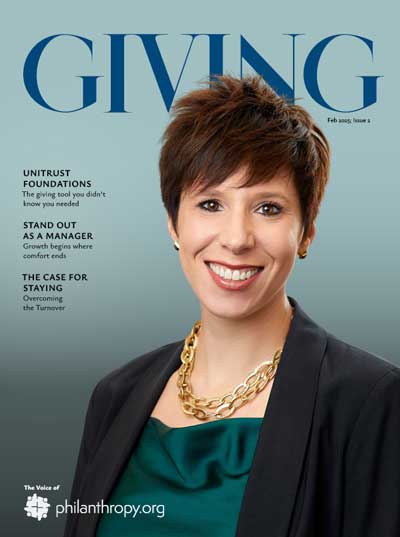Quality led to quantity. While we focused on compelling planned giving websites, our clients began asking us for more products and services such as direct mail to market estate gifts, outright gifts, trusts and life-income gifts such as Charitable Gift Annuities, Unitrusts, etc.
So in 2000, we were the first to develop “the planned giving postcard.” Another first… a card that described a planned giving message in 200 words or less. Many criticized us, especially competitors, claiming that a prospect can’t “get” or understand planned giving with such brief copy … still proclaiming that they needed “the newsletter.”
Bingo. Our comeback was: think marketing. Planned giving newsletters are going right into the trash; a postcard has a 100% glance rate, and a punchy headline can deliver its message even as the card is being thrown away.”
Today, planned giving postcards are pretty much industry standard best practice, and, as Tom Ahern mentions, the newsletter is widely recognized as a “death brochure” with one foot in the grave. Studies show this is true.
And besides, you can send out twice as many postcards on the same budget as one newsletter. Marketing 101: the more “touches” the better.

